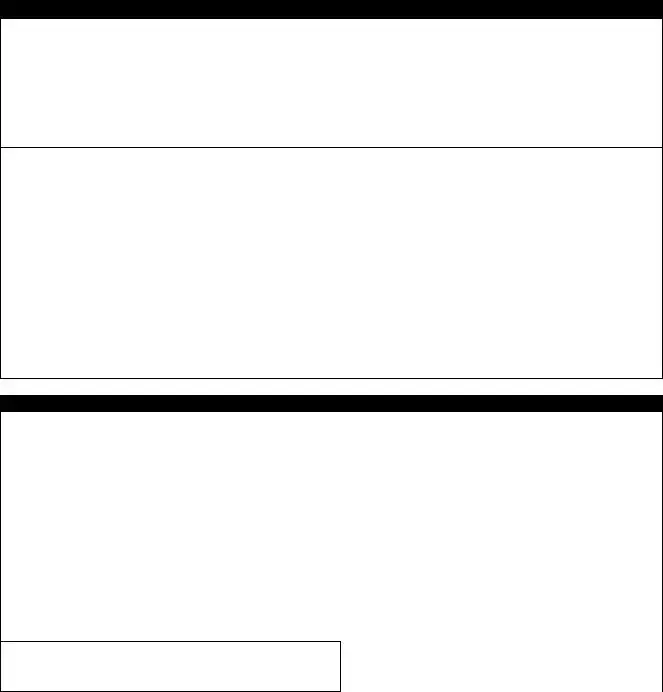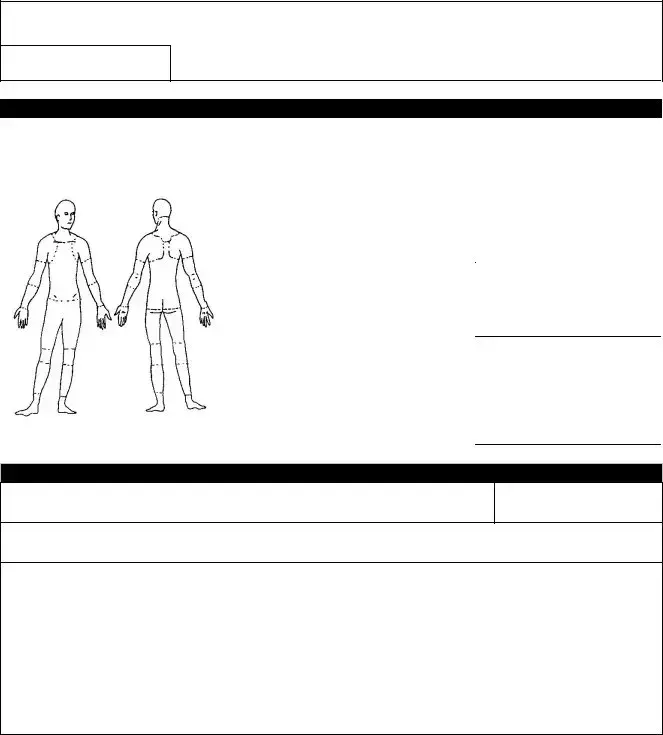Blank Employee Accident Report Form
The Employee Accident Report form is a crucial document used to record details of workplace accidents and injuries. This form helps ensure that incidents are properly documented, allowing for necessary follow-up actions and improvements in workplace safety. To enhance safety measures and support affected employees, it's important to fill out this form accurately and promptly.
Take the first step towards a safer workplace by clicking the button below to complete the Employee Accident Report form.
Launch Editor Now



